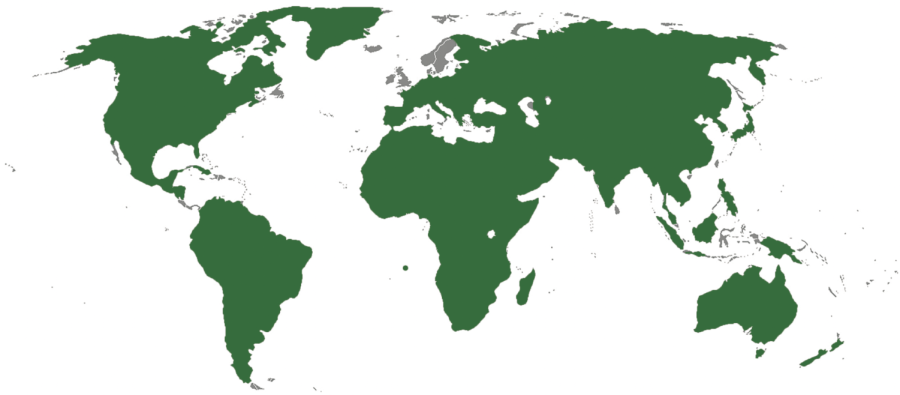Global inflation
Comparing costs around the world
March 28, 2023
Due to the spread of COVID-19 and its effects on the supply chain and workforce, countries and consumers began to see rising prices for items ranging from milk to iPhones in the summer of 2021. By 2022, almost half of the world was experiencing double digit inflation, and some countries even grappled with triple-digit inflation rates.
According to Forbes, as of Nov. 2022, the United States’ inflation rate sat at 7.7%. Although this number is low compared to other countries around the world, it remains a historical high in the American economy.
Inflation is the gradual increase in prices over time, typically resulting from currency losing its value, a sudden increase in demand, growing wages and an increase in production costs. Consequently, it can become difficult for consumers to afford many items on the shelves of grocery stores and in shop windows.
Zimbabwe:
As of November 2022, Zimbabwe had an inflation rate of 269%, the highest in the world. The country has dealt with very large inflation rates for decades. Currently, one Zimbabwean dollar is equal to 0.0031 U.S. dollars.
South Sudan:
South Sudan has the lowest inflation in the world, with a rate of -2.5%. One South Sudanese Pound is equal to 0.00768 USD.






